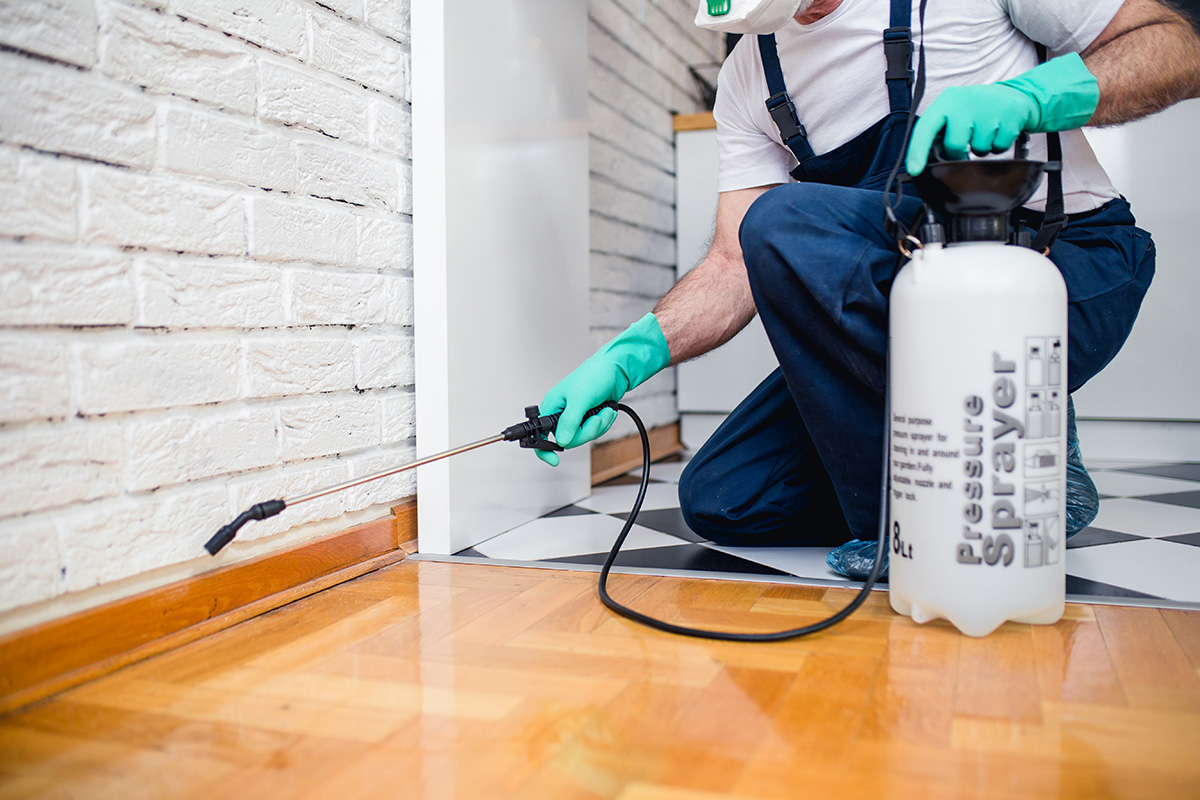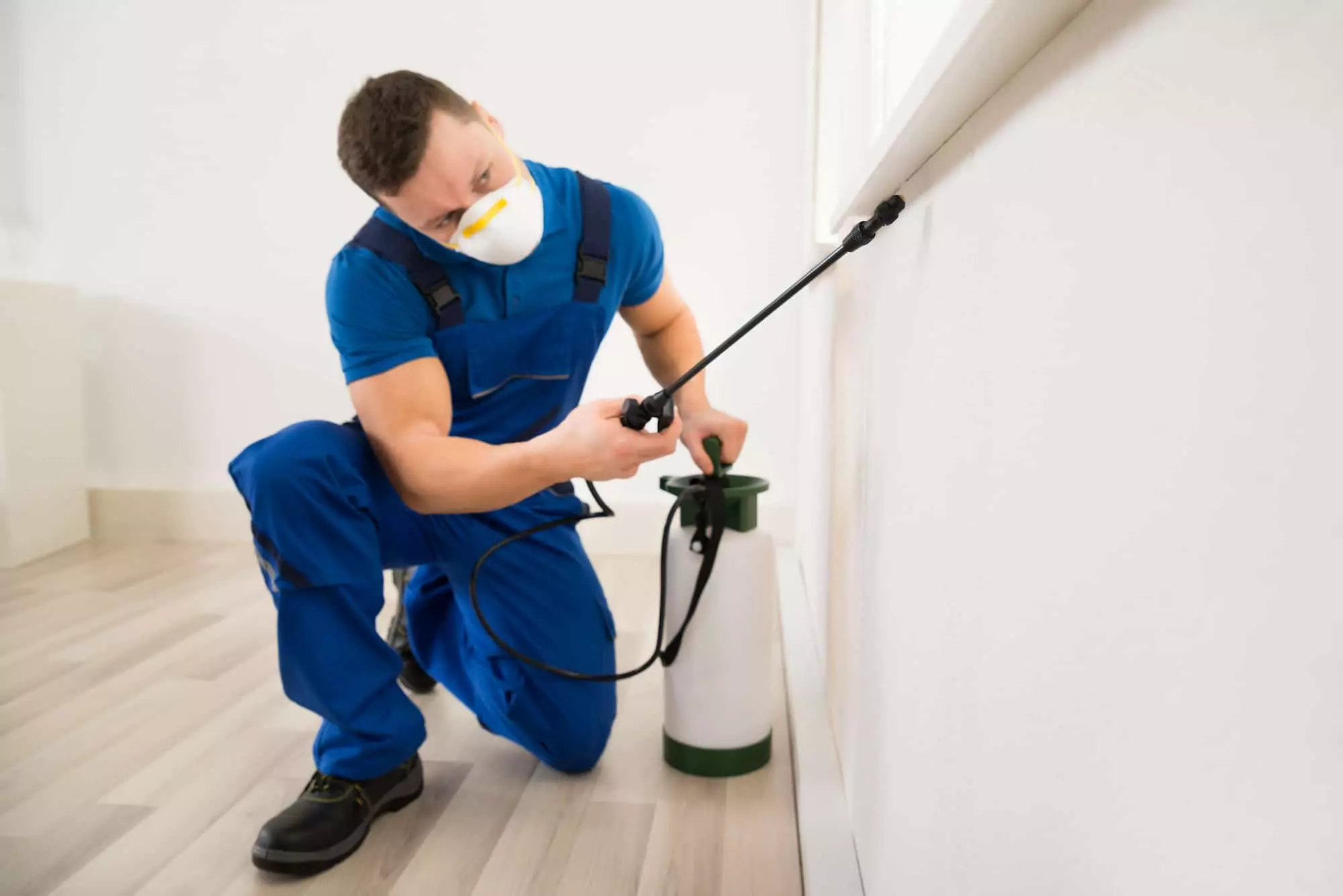Comprehensive A1 Pest Control in Portland Oregon Bed Bugs - Safe Treatments
Efficient Bug Control Solutions: A Comprehensive Take A Look At Extermination Techniques and Prevention Actions
In the world of bug control services, the successful monitoring of infestations requires a careful technique that combines numerous techniques and actions for both elimination and avoidance. From Integrated Pest Management (IPM) approaches that prioritize sustainable solutions to chemical extermination strategies developed for targeted removal, the collection versus parasites is vast and complex. Organic control approaches and physical prevention procedures offer different paths to successfully combating unwanted trespassers. Nevertheless, the trick to a detailed bug control strategy exists not simply in the techniques themselves, but additionally in the meticulous professional evaluation treatments that precede and inform them. By recognizing the ins and outs of each strategy and exactly how they interaction, one can absolutely comprehend the intricacy and effectiveness of contemporary pest control services.

Integrated Parasite Administration (IPM) Strategies
Integrated Bug Management (IPM) Strategies incorporate a thorough method to pest control that concentrates on surveillance, control, and avoidance approaches to properly manage pest populations. By incorporating numerous strategies, IPM aims to decrease the effect of pests while also lowering the reliance on chemical pesticides. Prevention lies at the core of IPM, emphasizing methods like appropriate cleanliness, upkeep of hygiene, and securing access factors to deter parasites from infesting buildings.
Chemical Extermination Methods
Chemical extermination methods are typically employed in bug control services to successfully eradicate pest populations that posture a risk to human health and wellness and building. These strategies entail the use of different chemical materials specifically created to target and eliminate insects such as bugs, rats, and other undesirable animals. The application of chemicals, insecticides, rodenticides, and various other chemical representatives is carefully controlled to make sure optimum performance while reducing dangers to humans, animals, and the setting.
Among the vital benefits of chemical extermination methods is their capability to offer fast and targeted outcomes, making them specifically beneficial in instances of serious infestations or immediate parasite control requirements - a1 portland bed bug exterminator. Nonetheless, it is vital to highlight the value of appropriate handling, application, and disposal of these chemical products to stop unexpected damage
Additionally, integrated insect administration (IPM) approaches frequently integrate chemical elimination strategies with other methods such as cleanliness, environment modification, and biological controls to develop a thorough and sustainable insect control technique. By integrating chemical extermination methods judiciously within an IPM framework, parasite control solutions can properly handle insect populaces while reducing potential threats to human health and wellness and the atmosphere.
Organic Insect Control Methods
Utilizing all-natural predators and bloodsuckers to handle parasite populations is a sustainable method called biological insect control. This strategy harnesses the natural systems of look at here now the ecological community to control insect populations without counting on artificial chemicals. One typical organic control technique entails introducing natural adversaries of the target insect types, such as ladybugs for aphid control or nematodes for termite invasions. These all-natural predators feed on the parasites, aiding to keep their populaces in check.
An additional efficient biological control approach is using microbial pesticides. These are naturally occurring microbes, such as microorganisms, infections, and fungis, that particularly target and infect particular pest varieties. By utilizing these microbial agents, pest populaces can be successfully reduced without damaging valuable organisms or creating damage to the environment.
Physical Bug Avoidance Procedures
Executing physical insect prevention procedures involves utilizing obstacles and structural adjustments to prevent pests from entering or infesting a residential or commercial property. Setting up door moves, displays on windows, and securing splits in the structure can help stop insects like bugs and rats from getting access inside.
One more physical prevention procedure is making use of barriers like fence to keep bigger pests such as raccoons or deer far from the building. Installing mesh or cable displays around yards can shield imp source plants from being harmed by insects. Appropriate waste monitoring, including safeguarding trash canisters with tight-fitting lids, is important in preventing insects like bugs, raccoons, and rats. By implementing these physical bug prevention measures, homeowner can considerably lower the threat of insect invasions and the damages they can trigger.
Expert Bug Assessment Procedures
Carrying out organized and complete pest examinations is a fundamental aspect of specialist pest management protocols. Expert bug assessors are trained to thoroughly examine residential properties for indications of invasions, recognizing pest species, entry factors, and favorable conditions. The assessment procedure usually begins with an extensive analysis of both the exterior and interior of the properties. This entails monitoring for pest droppings, munch marks, nests, and any type of architectural damage that might indicate bug activity. Additionally, inspectors may use specialized devices such as wetness meters and borescopes to identify surprise invasions within walls or crawl areas.

Verdict
Finally, effective parasite control solutions utilize a selection of methods, including Integrated Insect Monitoring techniques, chemical elimination techniques, organic controls, and physical prevention procedures. Expert bug examination treatments play an important function in recognizing and dealing with pest issues in a prompt fashion. By executing a mix of these techniques, homeowner can effectively handle and avoid parasite problems.
From Integrated Bug Administration (IPM) strategies that focus on sustainable services to chemical extermination strategies designed for targeted elimination, the arsenal against pests is diverse and large.Integrated Bug Management (IPM) Techniques encompass a thorough strategy to pest control that concentrates on control, monitoring, and prevention techniques to efficiently take care of bug populaces.Chemical elimination techniques are typically utilized in bug control services to successfully remove pest populaces that present a hazard to human wellness and building.Using natural predators and parasites to take care of bug populaces is a lasting method understood as organic pest control.In final thought, reliable insect control services employ a selection of techniques, consisting of Integrated Insect Management approaches, chemical extermination techniques, biological controls, and physical prevention actions.